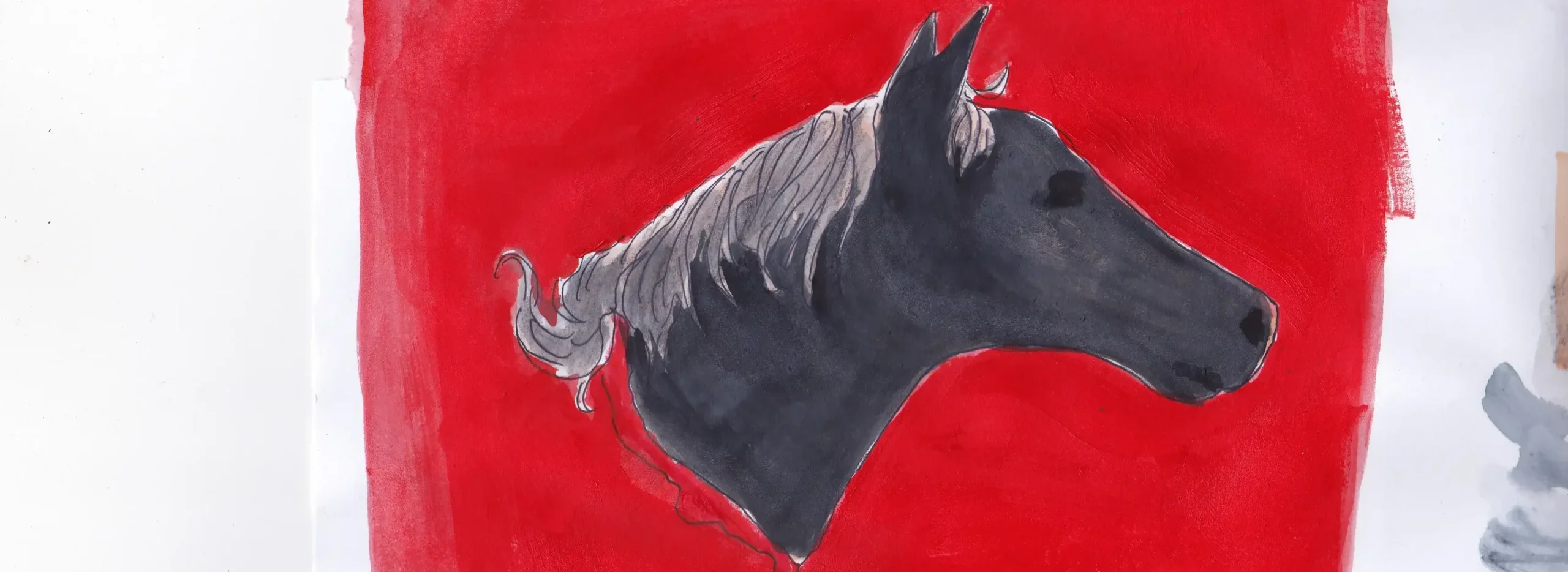”
Written bySiya Nyirenda
”
Illustrated byMia Darling
Francis Ford Coppola’s Magnnum Opus Revisited.
The lines “I believed in America” are the first lines said in The Godfather, lines that haunt the brutal, accurate depiction of the world of crime and violence that is showcased in Mario Puzo and Francis Ford Coppola’s 3-hour odyssey. It is no exaggeration to state that The Godfather is somewhat ‘the movie’; it readily features on lists of the greatest films of all time, and to me is largely one of those things that I deem as too good to be true. I’ve seen a good amount of the ‘must-watch films’ and despite a handful of standouts, others, such as Citizen Kane, feel more like marvels of the time, whereas The Godfather feels timeless and as if it only gets better with time. This masterpiece of cinema wasn’t made without its faults behind the scenes, as is well known by now, Francis Ford Coppola initially didn’t want to make it as he thought it was a cash grab.
Ultimately, due to pressures from his then filmmaking partner, George Lucas, he decided to make the movie based on the book of the same name by Mario Puzo. However, there were various production dramas with studios not wanting Al Pacino to be cast in the role of Michael Corleone, and an overall negative attitude given to Coppola as a director.
In spite of this, he managed to get the movie made, and it was met with widespread critical acclaim. It follows the Corleone crime family and the transition of power from the initial Godfather Vito Corleone over to his son Michael Corleone, the power struggles and bouts of violence that ensue amidst
“I’ve seen a good amount of the ‘must-watch films‘ and despite a handful of standouts, others, such as Citizen Kane, feel more like marvels of the time, whereas The Godfather feels timeless and as if it only gets better with time.”
America in The Godfather is depicted as it was in reality, the 1940s-1950s setting being evident in the wardrobe and vehicles utilised, but also in its showcase of the brutality and violence on display by the mob in the 40s, with murder being seen as a regularity by the Corleone family, an Italian family that made its way in post-Great War America through crime. The movie depicts crime as a way of life, which is the only option for the Corleones in America, as going legitimate is seen as an impossibility due to the other mob families’ continuous involvement in the drug trade and the pressure put on the Corleones to submit or perish.
This theme of inescapable corruption is apparent in the central character of Michael Corleone, who wanted nothing to do with the shady dealings of his family, but as the movie carries on, he finds himself further embroiled in the illicit activities of his family due to the necessity of his presence. His necessity, functioning as “the offer he can’t refuse”, is the call to action in service of his family, which can be seen as a warped hero’s journey. Michael, a former war hero, must find himself becoming a more callous individual in the service of those he loves.
“The movie depicts crime as a way of life, which is the only option for the Corleones in America, as going legitimate is seen as an impossibility due to the other mob families’ continuous involvement drug trade and the pressure put on the Corleones to submit or perish.”
The movie’s views on family are one of the most interesting aspects of it, as we see contrasting ideas of the value of family shown in the views of Vito and the views of Michael, where Vito throughout the movie shows himself to be a man who values time with the family he built to matter most above all. On the other hand, Michael, who values the family he was born into more than the family he might build with his then-girlfriend Kay Adams, believes that his duty to his family transcends all.
The Godfather’s shot composition is one of its crowning achievements, and its use of visual storytelling and items in the scenes, such as the use of oranges to represent the imminent loss of life, and how the death of Luca Brasi is foreshadowed with him being seen through a window with 2 fishes as the design on the window, then later as they deliver the news to Sonny of Brasi’s death, they send him 2 fishes. The shots, even from a pure aesthetic standpoint, are some of the best shots I’ve seen in cinema, such as the shot of them killing Paulie with the Statue of Liberty in the background.
Despite the issues in its production and the feelings felt from Francis Ford Coppola after the fact, The Godfather remains a cultural mainstay, with its influence being present in other pieces of media that cover mob conflicts, such as The Sopranos and Goodfellas. The Godfather more than holds up against anything made in the last 50 years, and honestly, the attention to detail mixed with the great performances only continues to amaze me even after a fourth rewatch.





